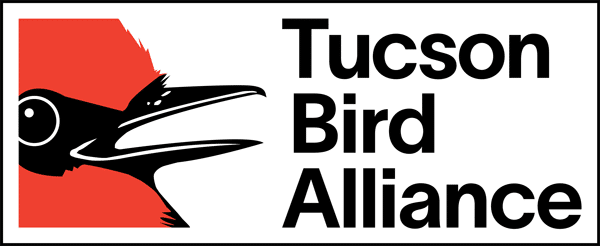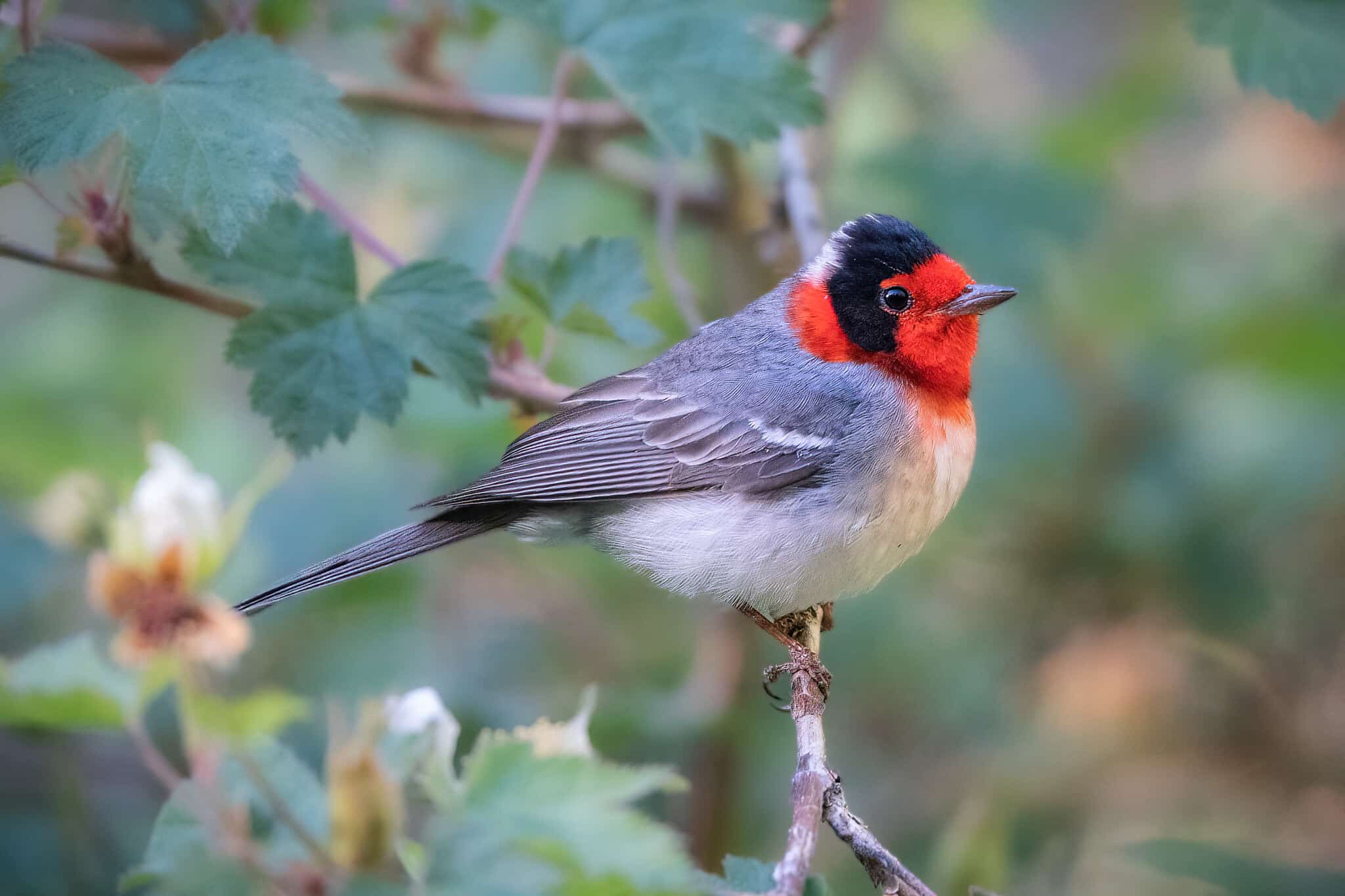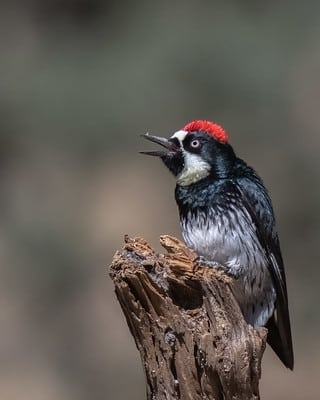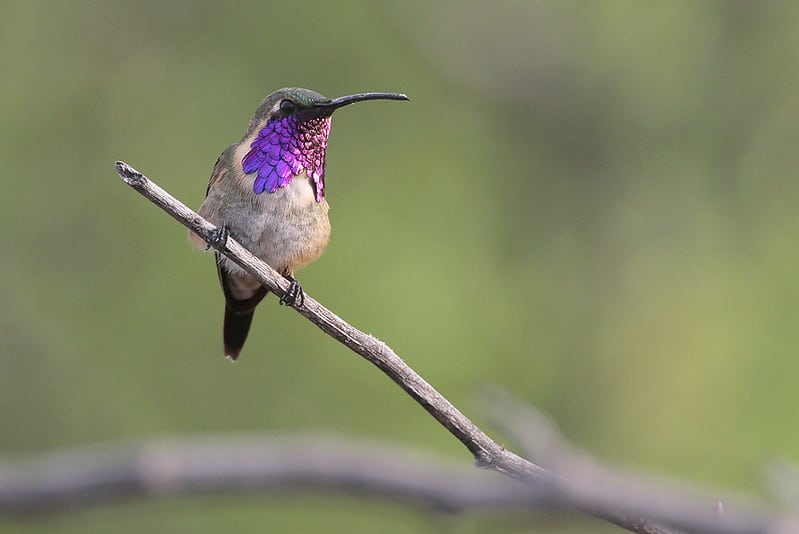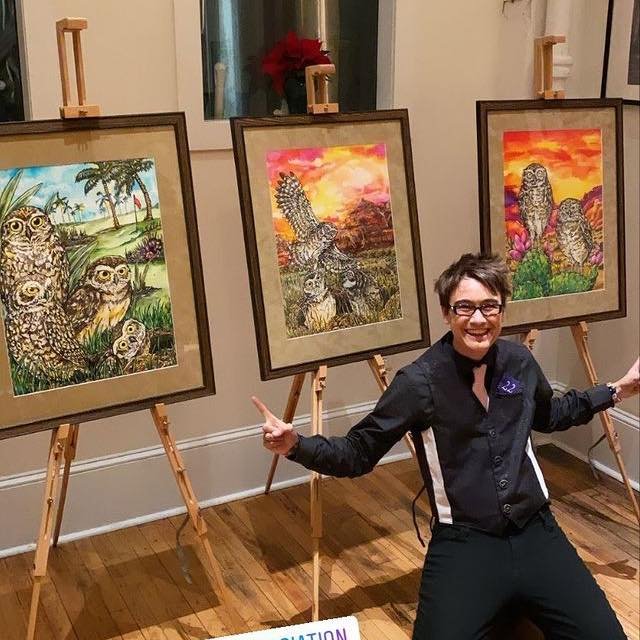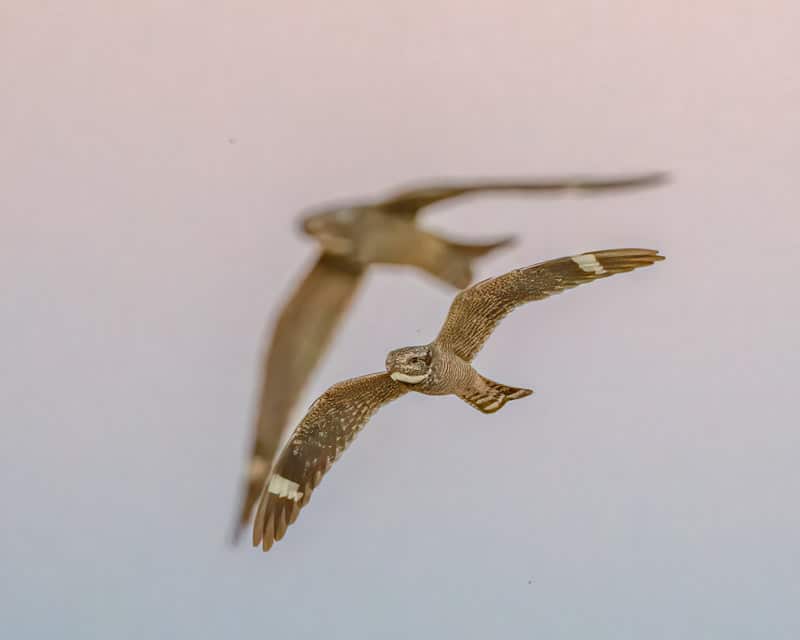Difficulty: Moderate (Steeper slopes or more rocky/rooted trails. Drive time to final location approximately 75 minutes.)
Rising over 6,000 feet above Tucson, Mount Lemmon is the highest peak in the Santa Catalina Mountains at 9,157 feet, and a popular escape from urban life and the Arizona’s dry early-summer heat (before the relief of the cooling monsoon rains). It is also an incredible birding experience and biology lesson. Traversing six life zones, from the Sonoran Desert at the base to mixed conifer forests at the highest elevations, the 25-mile drive up the wide, paved, two-lane Catalina Highway is equivalent biologically to traveling from Mexico to Canada. Our efforts will be concentrated on the higher elevations far above the desert below. We’ll look for typical mountain species like Steller’s Jay, Acorn Woodpecker, Spotted Towhee, and Plumbeous Vireo. We’ll make a special effort to track down a variety of warblers; Painted Redstart and Olive, Red-faced, and Grace’s Warblers all breed in these mountains and by August they are beginning to form mixed-species foraging flocks. A few hummingbird feeders are scattered about our route as well. Combine the birds with temperatures nearly 30 degrees cooler at the top and unparalleled scenery, it is hard to beat the Catalinas in August! Lunch included. Limited to 8 participants.
Red-faced Warbler by Shawn Cooper
